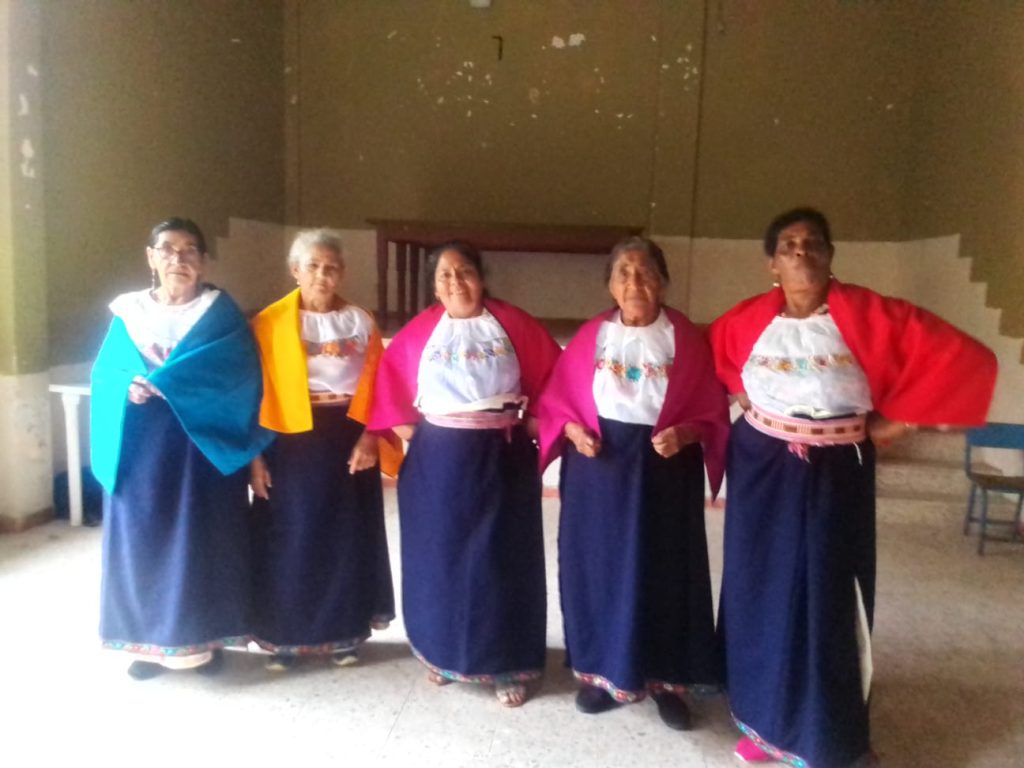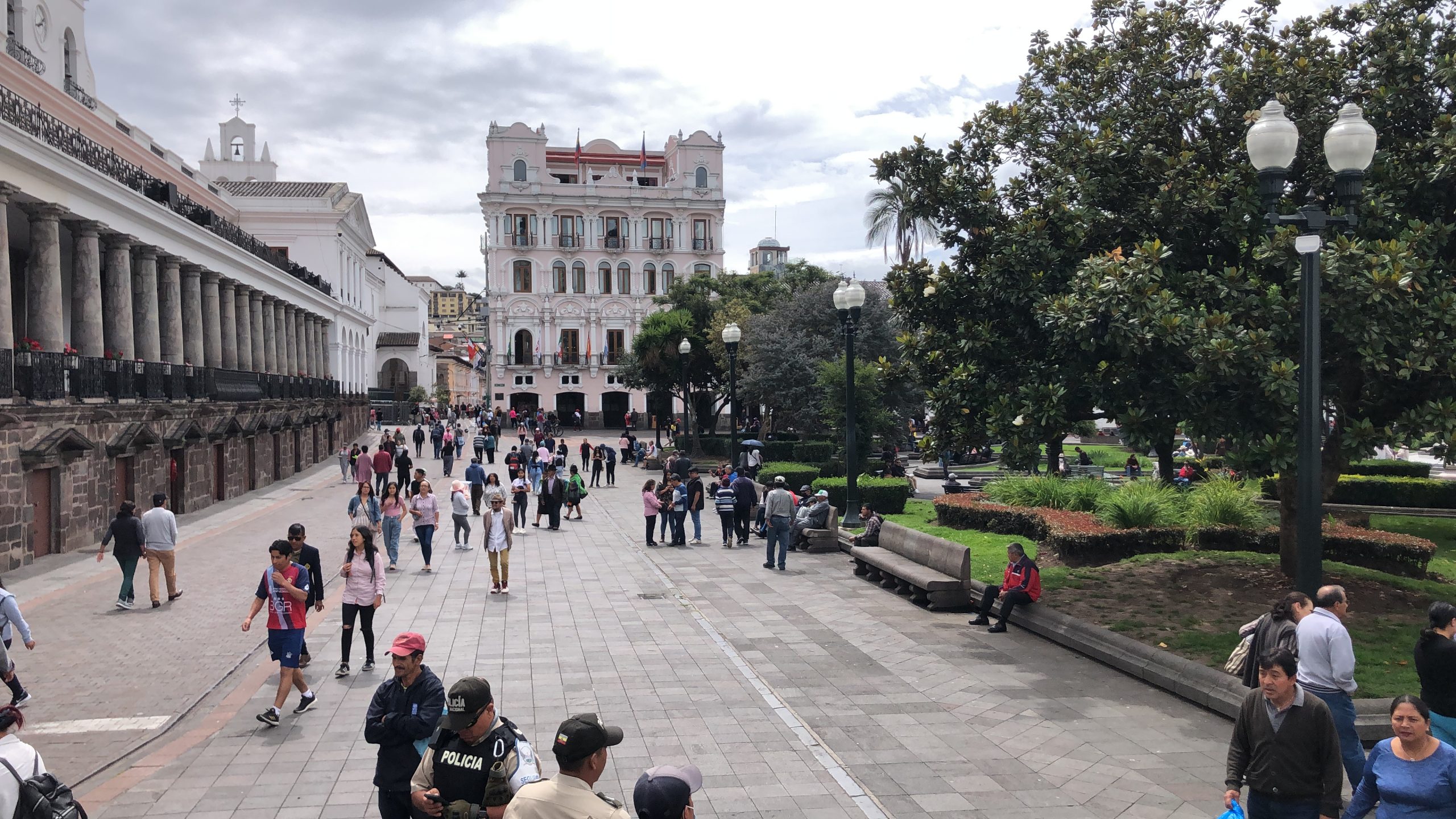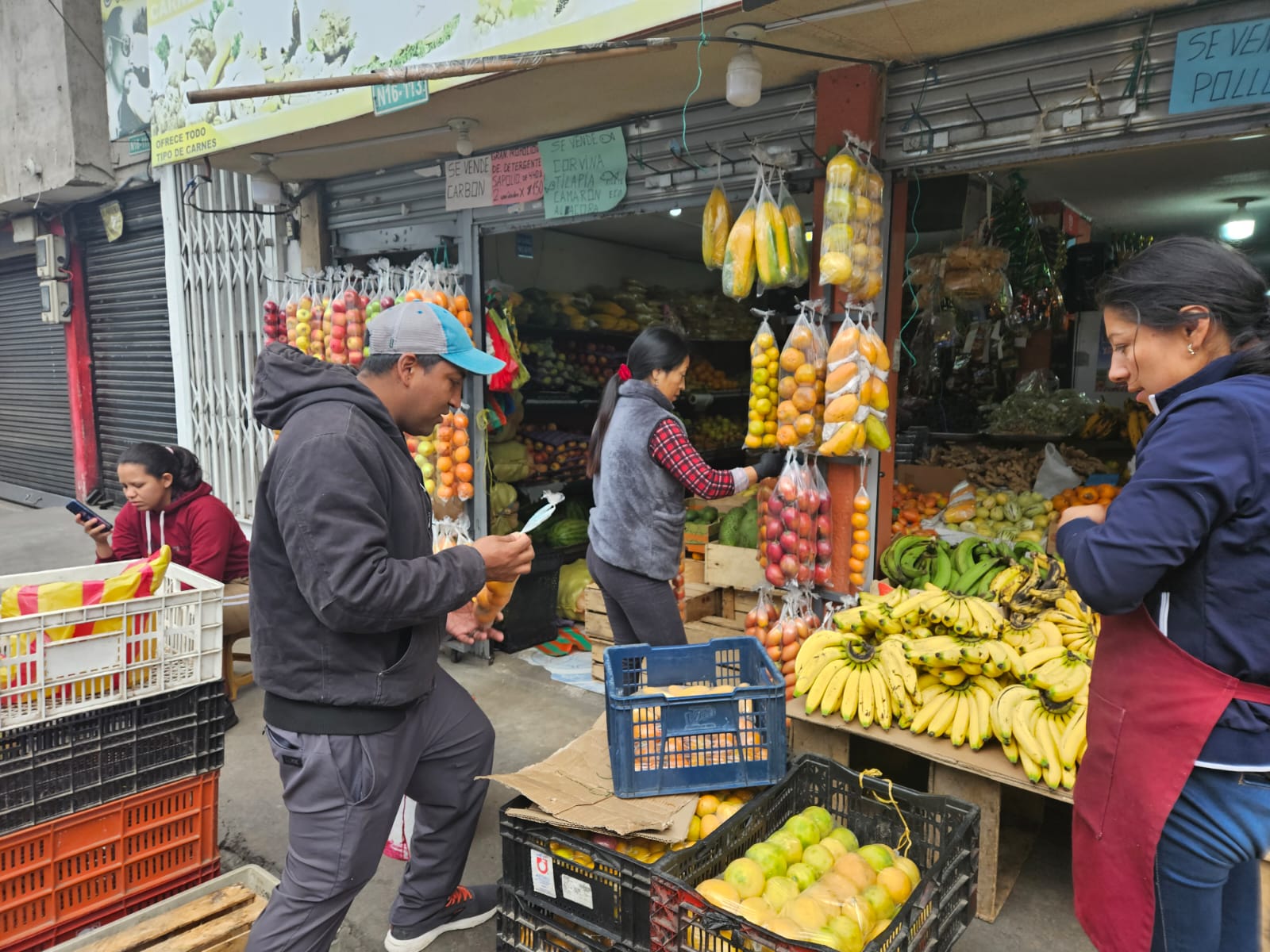Connecting the World with our Language Exchange
communication not perfection
At TalkTonix, our mission is to bridge cultural and linguistic divides by connecting language learners from around the world. We aim to create a supportive and engaging platform that fosters authentic language exchange, promotes mutual understanding, and empowers individuals to achieve fluency in their target languages.
Talktonix Goals
Your Language Journey Begins Here
Care About Us
Travel to Ecuador
Why go? Quito is one of the best-preserved colonial cities in Latin America, with a rich history and stunning architecture. It’s located high in the Andes, surrounded by volcanoes.

Opening Schedule
A small river named Duden flows by their place and supplies it with the necessary regelialia. It is a paradise
+(402)413-1389
The search for eternal youth has to be a human imagination since times accident the search for eternal .
Error: Contact form not found.
Our Travel Opportunities
Where do you want to travel today?

The Hstoric Center of Quito, a UNESCO World Heritage site.

Historical Significance of Plaza Grande

Exotic Fruits in Ecuador





Elements of Ecuadorian Cuisine
Ecuadorian cuisine is diverse, flavorful, and deeply connected to the country’s geography and culture. It reflects the variety of ecosystems found across Ecuador, including the coastal regions, the Andean highlands, and the Amazon rainforest. The cuisine incorporates a wide range of fresh ingredients like tropical fruits, vegetables, grains, seafood, and meats. Ecuadorian food often combines indigenous flavors with influences from Spanish and African culinary traditions
